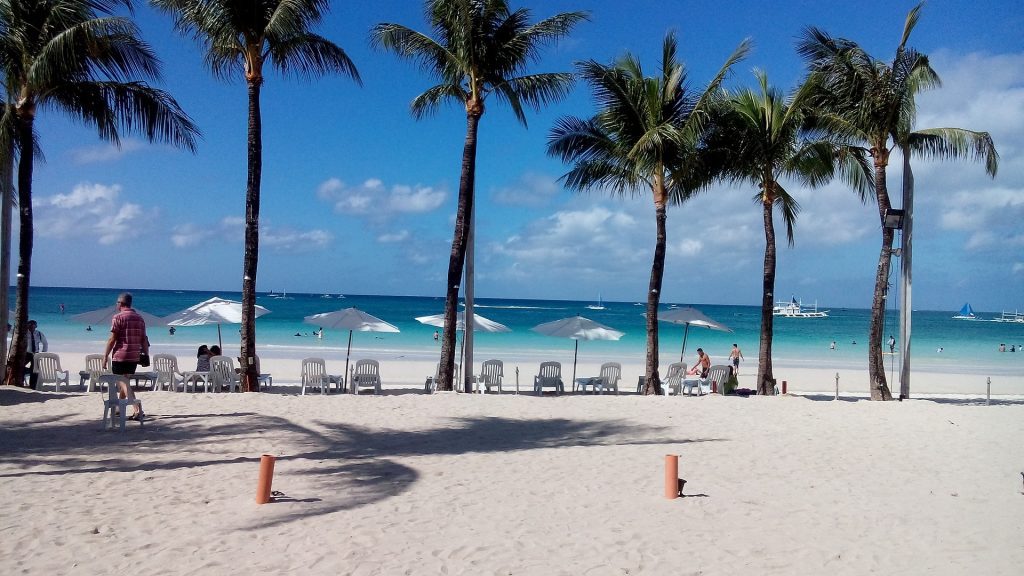Travel
Taking all possible paths toward tourism revival

MANILA – More than a year into the pandemic, the tourism industry makes do with all possible paths it could take to resume safe travels and hasten its recovery, and it will continue to do so until the administration’s last day in office, Tourism Secretary Bernadette Romulo-Puyat has assured.
Romulo-Puyat said the situation has slightly improved compared to the first half of 2020 when all travels were virtually halted.
“First of all, na-restart natin ang turismo. Nakapagbigay tayo sa Bayanihan 2, may PHP6 billion loans tayo na na-allot, which is four years to pay, zero interest, zero collateral at may two years na grace period (First of all, we were able to restart travel. There was the Bayanihan 2, as well as a PHP6-billion loan that is four years to pay, has zero interest, zero collateral, and a two-year grace period for repayment),” she said in a recent interview.
Romulo-Puyat added that at least PHP3.1 billion in assistance were provided to tourism workers a year since President Rodrigo Duterte enjoined the government to extend its “full support” to the hard-hit travel and recreation industries.
After the President’s order to create policies that would boost tourism during this time, the Department of Tourism (DOT) crafted from scratch the Tourism Response and Recovery Plan (TRRP), a guideline for tourism stakeholders to continue operations and navigate in the new normal, she said.
The DOT admitted that the dismal figures in terms of receipt and tourism arrivals reflect the huge challenge the sector that was flourishing before the pandemic must face. Under the TRRP, the DOT will focus on rebuilding confidence and growing the demand in both foreign and domestic markets.
Before the crisis, the DOT’s main objective under the National Tourism Development Plan 2016-2022 was to develop a globally competitive sector that promotes inclusive growth through the generation of jobs.
While it will still promote a “fun” Philippines, the department said it would position the country as a “safe and competitive” destination in the next two years.
Earlier this month, no less than Romulo-Puyat led the vaccination of about 3,000 tourism workers in Boracay Island, marking the continuous inoculation of front-liners working in the industry as travel slowly resumes.
‘More sustainable, responsible’
The government likewise continued to champion sustainable and responsible tourism in destinations.
Through its Save Our Spots (SOS) campaign, the DOT initiated training programs and webinars to inspire tourism stakeholders to reduce plastic usage and encourage their guests to take part in the change.
The campaign directly supports the Roadmap for Low-Carbon and Resource-Efficient Tourism in the Philippines, a strategic document that pushes for sustainability and growth by protecting the natural beauty of the Philippines.
The DOT has also revised the accreditation standards for hotels and resorts to incorporate environmental indicators in its star rating system to urge business owners to be more environment-friendly in their day-to-day operations.
Also a strong testament to the Duterte administration’s commitment to environmental sustainability was the six-month rehabilitation of Boracay Island. In 2018, Duterte ordered the island’s closure to address its problem of overtourism and poor waste management.
From being a famous party place, Boracay is now positioning itself as a prime “sustainable” destination in the country – a “place of healing”.
“Boracay is being rebranded or being marketed now as a sustainable destination. We know Boracay has been a serene destination before it became a party place. After the rehab, we now target Boracay for fewer but quality tourists,” Malay tourism officer Gil delos Santos told reporters in a previous interview.
“LaBoracay – that’s eliminated now. So, no more LaBoracay but it’s love Boracay now, a sustainable week,” he added, referring to Labor Day parties on the island before the rehabilitation.





















